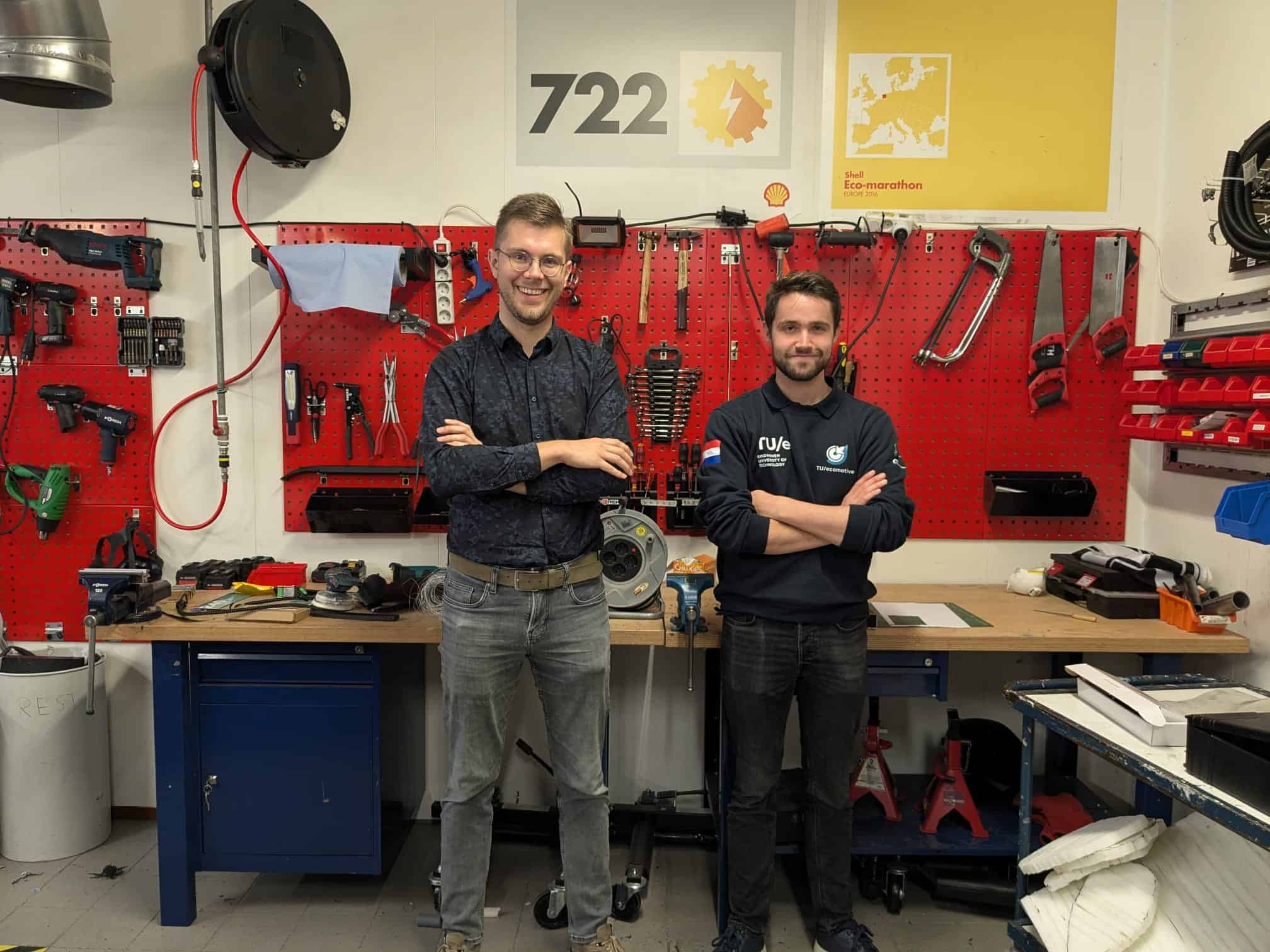
It was actually launched in the summer of 2016: the car for women. The SEAT Mii by Cosmopolitan was the result of a collaboration between the SEAT design team and the editors and readers of the women’s magazine Cosmopolitan. The car was marketed as “exclusive” and aimed at the modern, fashion-conscious woman. The SEAT Mii by Cosmopolitan is ‘trendy’, ‘fashionable’, ‘sporty’, ‘versatile’ and ‘bold’ and offers the modern woman the opportunity to ‘express her personal lifestyle,’ says the marketing director.
The ‘women’s car’ purports an aesthetic appeal which is full of cringe-worthy clichés. The car is small, easy to drive and park, including rear parking sensors, and is equipped with gadgets such as extra hooks to hang a handbag. It is available in two colours: “the very feminine Violetto and the slightly more conventional Candy White.” Violetto is purple and Candy White is off-white, although these don’t sound all that exclusive.
Glamour
“Dark tones predominate in the upholstery so as to add a sense of both security and glamour.” How colour can lead to feeling safer is not clear to me, but extra protection would not be a superfluous luxury for women in cars. Women are less involved in accidents than men, but if they do end up in them, they are more likely to be injured and die.
Car safety is tested with the ‘standard man’ in mind and that has fatal consequences for women. Crash test dummies are modelled on the ‘average’ man: 1.77m tall, 76 kg in weight and the distribution of their muscle mass is masculine. The fact that women have fewer muscles in their neck and upper body than men makes them more susceptible to whiplash in the event of a rear-end collision. The chair offers insufficient protection for women who on average weigh less than men. Women are also more likely to be injured in the event of a head-on collision, even when they are wearing a seat belt.
There have been female crash test dummies since the late 1960s, but critics argue that these do not take enough into account how women are really built; they are not merely smaller and lighter versions of men. In Europe, it was only in 2014 that a female test dummy was developed that was modelled on an ‘average’ woman. Pregnant test dummies did not receive attention until the 1990s, about forty years after the first test dummies were developed, which meant that the safety of pregnant women was ignored for a very long time.
Moral impact
Anyone who designs, continually makes choices. Not just functional choices but also those with a moral impact. Morality and technology are consequently not separate domains at all but are strongly intertwined. Designers, engineers, computer scientists, programmers, etc.: they often see themselves as neutral, practical and active in the field of the sciences. Without making it so explicit or viewing it as such, they can take their own world, moral framework or gender as the norm, with the result that others are discriminated against or ignored. Only by paying explicit attention to the ethical aspects of a design do these blind spots become visible. Ethics play a crucial role on various levels: that of the designer, the user and the technology itself that is the result of (moral) choices. For a long time, ethical technology was regarded as something that came later – after technology had been developed. But ethical questions about design must be asked immediately prior to and during the design process. As every product made by humans is ‘made with morality.’
About this column
In a weekly column, alternately written by Eveline van Zeeland, Jan Wouters, Katleen Gabriels, Mary Fiers, Lucien Engelen, Peter de Kock, Tessie Hartjes and Auke Hoekstra, Innovation Origins tries to find out what the future will look like. These columnists, occasionally supplemented with guest bloggers, are all working in their own way on solutions for the problems of our time. So tomorrow will be good. Here are all the previous columns.








